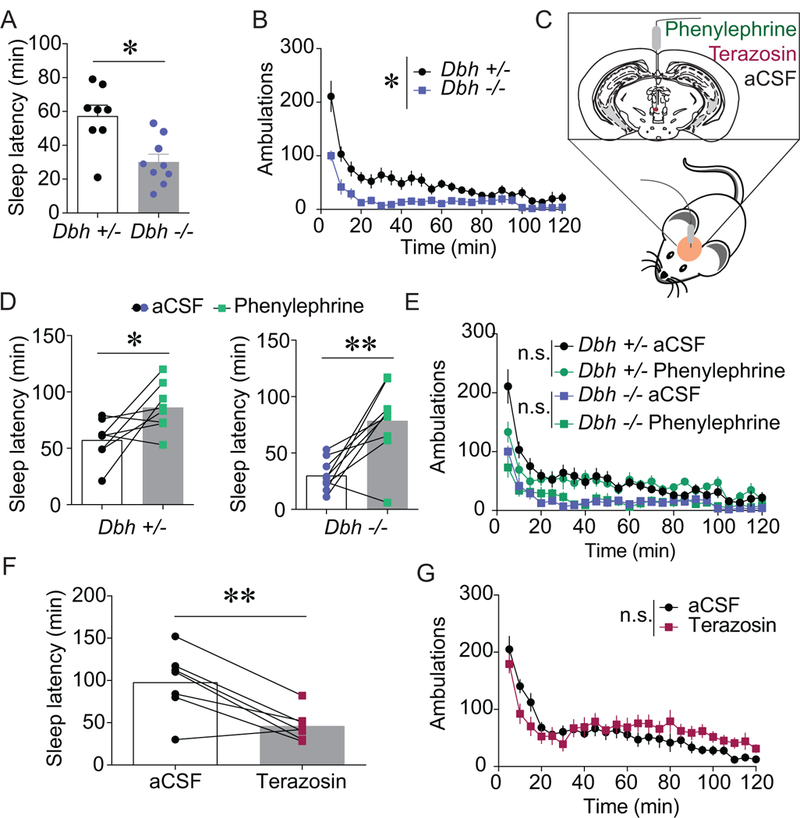Figure 5. vPAG α1ARs bidirectionally modulate wakefulness.

A-B) Mice lacking NE (Dbh −/−; n = 9) fell asleep faster than NE-competent littermates (Dbh +/−; n = 8) following a control injection and were less active in a novel environment (*p < 0.05). C) An α1AR agonist, antagonist, or aCSF was site-specifically infused into the vPAG (D-G). D) Phenylephrine (4 μg/0.3 μL) significantly increased sleep latency in control (n = 8; *p < 0.05) and Dbh −/− (n = 9; **p < 0.01) mice compared to aCSF (0.3 μL) infusion. E) Phenylephrine (4 μg/0.3 μL) site-specifically administered into the vPAG had negligible effects on novelty-induced locomotion (controls, n = 8; Dbh −/−, n = 9; main effects of drug, n.s. = not statistically different). F-G) Intra- vPAG terazosin (3 μg/0.3 μL) significantly decreased sleep latency (F; n = 7; **p < 0.01) but there was no main effect on novelty-induced locomotion (G; n=11; n.s. = not statistically different) in C57BL/6J mice.
